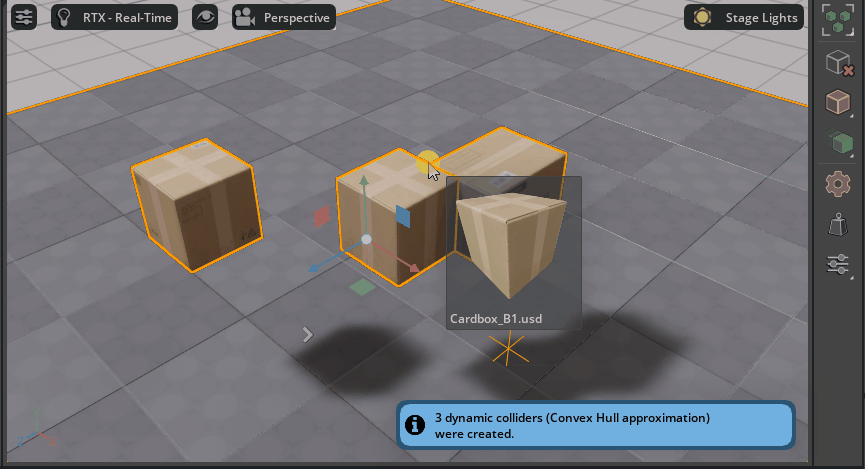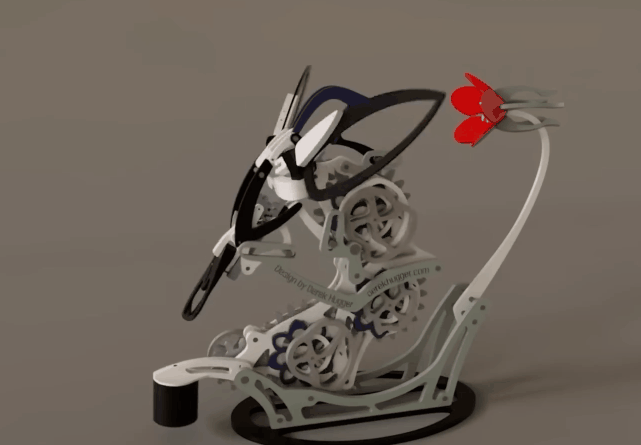Machinima Release Highlights 2022.3 (Beta)#
Machinima 2022.3.0 Beta Overview#
Omniverse Machinima enables real-time collaboration to animate and manipulate characters along with their environments inside of virtual worlds. Machinima 2022.3 Brings Ada support for Pose Estimation and Audio2Gesture along with many new features and improvements such as Motion Path and TimeSample to Anim curve conversion and everything that comes with Create 2022.3.
We’ve worked hard to expand the size of your worlds by increasing the amount of renderable instances possible in Create 2022.3. Further, we’ve included a great new scene optimization tool to get the most out of your data with the new Scene Optimizer extension.
On the usability front, we’ve implemented a way to a quicker visual through updated default stages and a “quick switch” lighting preset viewer. We’ve also implemented a full hotkeys interface! You can now customize special hotkeys per extension window that is in focus. Every extension can now call into omniverse actions. Once your extension supports actions, you can hotkey any action.
Collaboration continues to build off of 2022.2 with a full layer based live workflow and the beginnings of spatial awareness with visible usernames in your stage. We expect big additions to collaboration coming in future releases, stay tuned!
Finally, we’ve greatly simplified and amplified numerous physics authoring tools. From a simplified authoring toolbar, detailed joint inspection, and super cool stress based fracture simulation algorithms, physics has seen a huge jump in 2022.3!
This is only a small portion of features that will be included in the full Create 2022.3 release cycle. Create 2022.3 opens up with a first beta which will be immediately followed up by a second beta in late November with additional features not included in the first beta. These will be noted in the release notes for which features to expect in which beta. This beta period will continue through December and we look forward to your feedback in the forums and discord as we finalize 2022 to end with a huge year in review! Thanks for your support and feedback as we’ve shaped this great year of creation that has been Omniverse Create 2022! Jump below for the gnarly details of new NVIDIA Omniverse Create features!
Improved Performance with DLSS3 and the Ada Lovelace GPU#

We’ve recently announced and began shipping brand new GPU’s based on our latest Ada Lovelace architecture. The Ada GPU architecture has been designed to provide revolutionary performance for ray tracing and AI-based neural graphics. It delivers a dramatically higher baseline of GPU performance and marks the tipping point for ray tracing and neural graphics.
With improved Tensor and RT Cores, we’re seeing massive speedups in RTX rendering performance in Omniverse Create 2022.3. With the addition of the new NVIDIA DLSS 3 (available in RTX realtime) we’re seeing speedups of up to 4x when combined with our next generation GPUs.
This brings all our features to your fingertips even faster, jump below for all the specifics!
Usability#
We’ve made working with Create faster and easier with new usability features! Create your own shortcuts, view multiple viewports and start your projects off with a nicer stage!
Multiple Viewports#
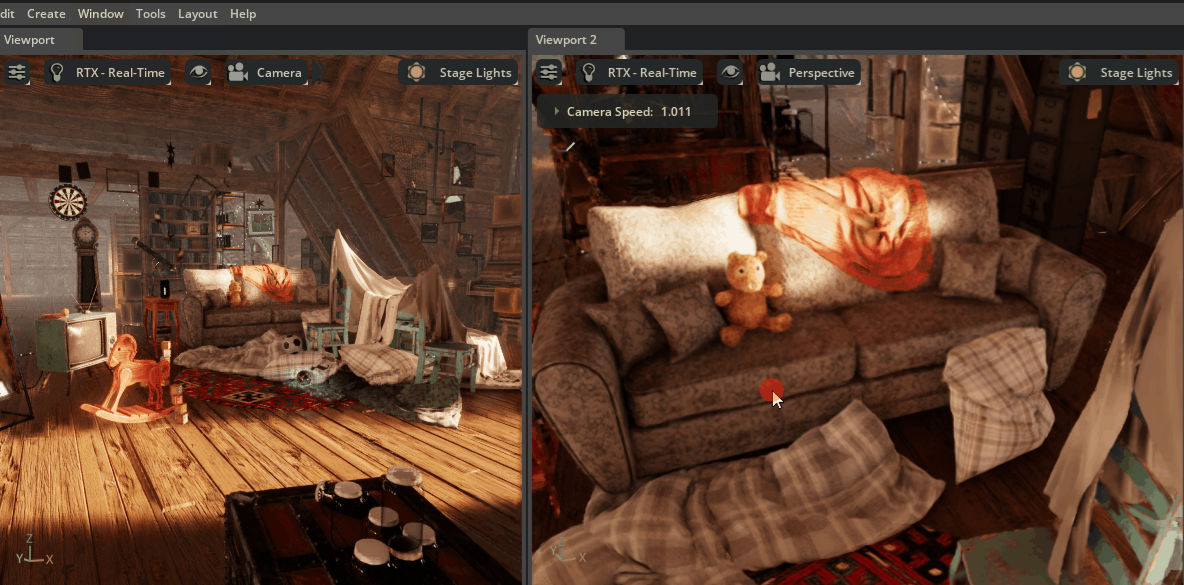
We’ve added the ability to have a secondary viewport to interact with, allowing you to view your stage through a completely separate camera. Further, it can be used to display multiple renders (however, only one RTX renderer can be viewed at a time across both Viewports). This greatly improves the ability to position assets, cameras, and more.
Light Presets/Camera Light Mode#
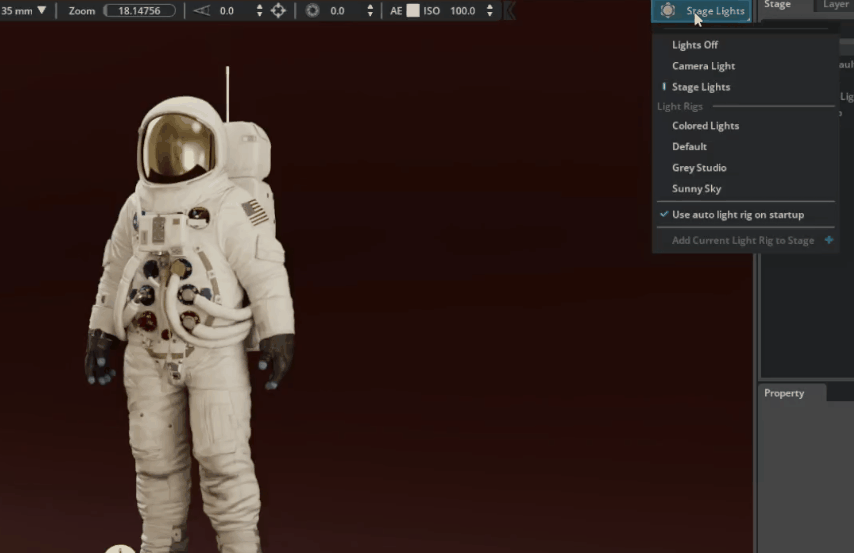
The new lighting preset and camera modes are directly accessible in the viewport. This quick lighting panel gives you the ability to quickly try different lighting styles in your stage or while viewing your asset. You can add these lighting rigs directly to your stage or simply switch between them and your main stage’s lighting. Also, if your stage lacks lighting, we will automatically turn on one of these lighting rigs so you’re not in the dark.
New Hotkeys!#
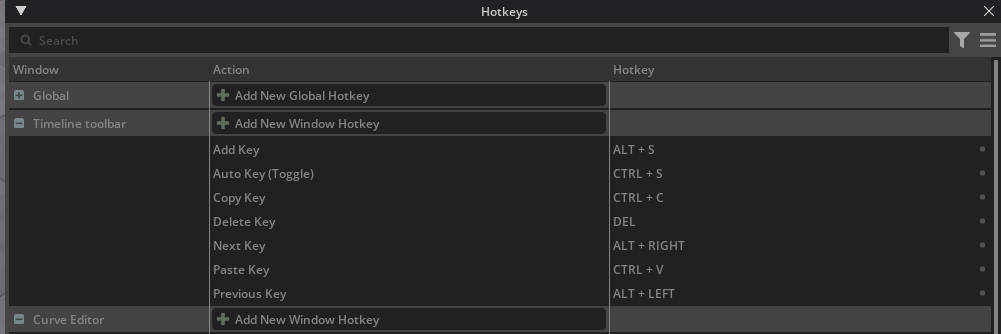
This feature enables you to attach hotkeys to the supported actions so they can work more efficiently. Now you can have contextual hotkeys for things like Delete in the curve editor deleting a keyframe instead of the selected Prim in the stage.
Updated Stage and Stage Templates#
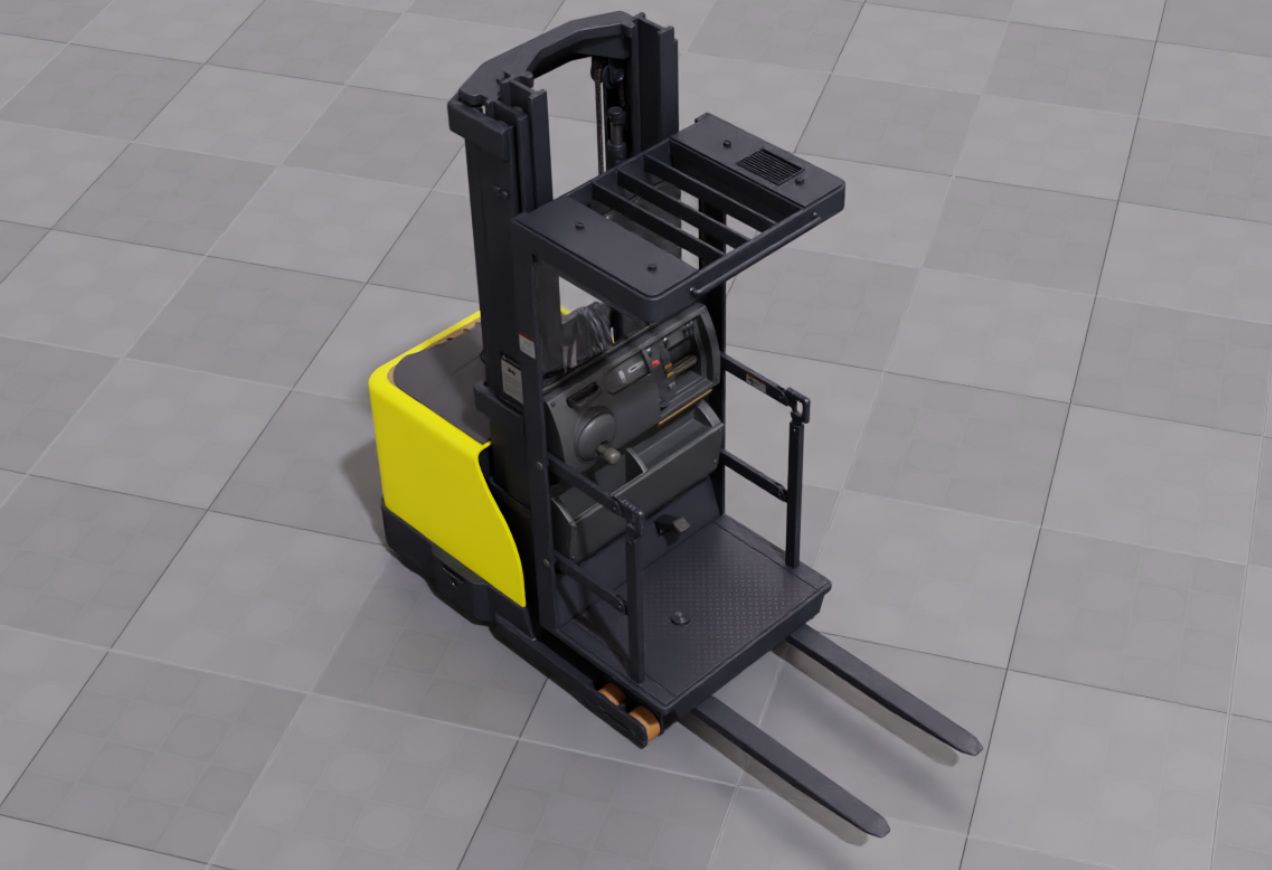
We’re now starting you off in a new default stage in Create. This stage is optimized for quick and easy viewing of your asset to make sure it’s looking its best for inclusion in your simulation, design, or art work!
Collaboration#
We’ve enhanced collaboration even further to give you spatial awareness of other users and more options for how to interact with layers and other stages in your live workflow.
Layer Based Live Workflow#
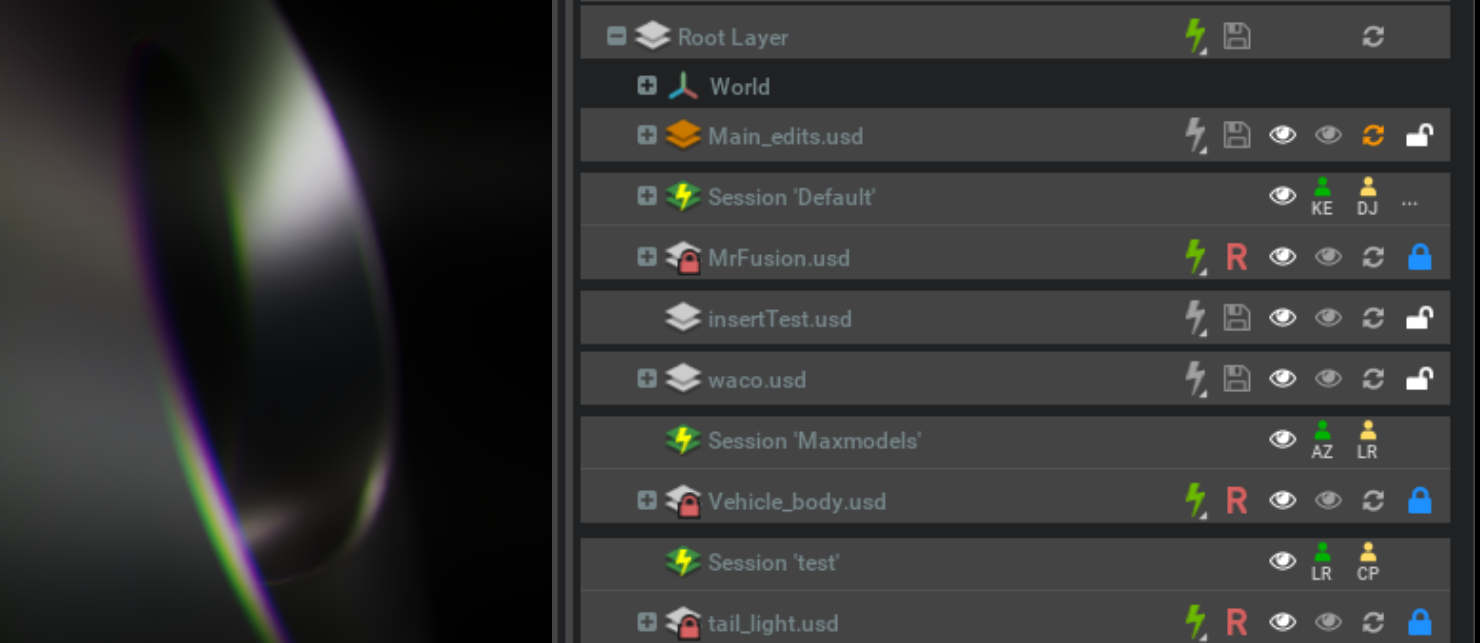
With 2022.2, we introduced the new “sessions” for live collaboration. With 2022.3, we can now have sessions per layer allowing for a near infinite amount of portals into your content that you can collaborate with in real time.
Viewport Icons (Coming in 2022.3.1)#
When joining a stage, you now can be seen by other users and understand spatially where all your collaborators exist. This is our first step into bringing awareness directly into the viewport.
RTX#

This release, we’ve raised the bar for rendering even higher. The first release to support the new DLSS 3 included in the Ada Lovelace generation of GPU’s, we’ve seen a massive improvement in performance and quality in the RTX renderer. Check out the full RTX Release Notes.
NVIDIA DLSS 3#
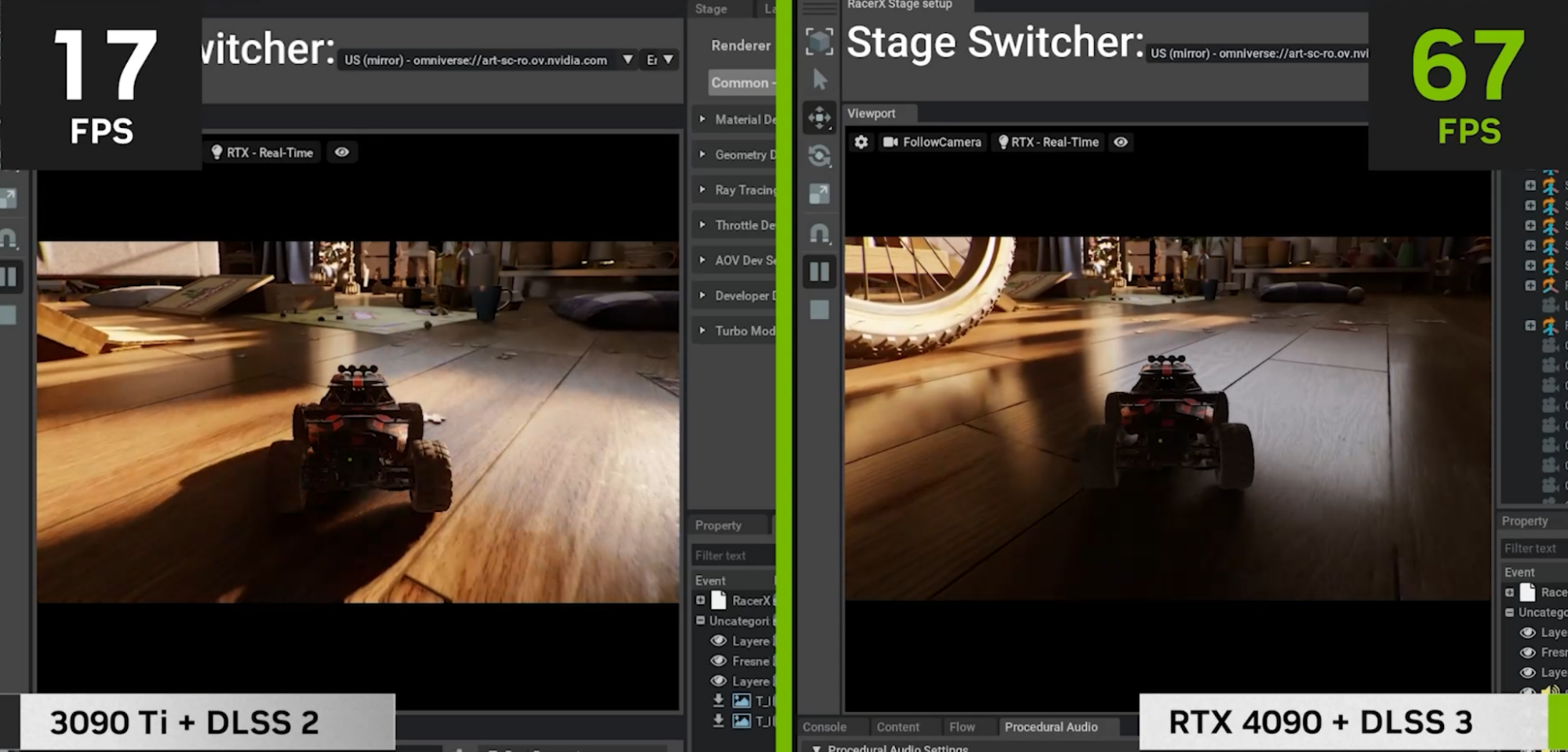
Omniverse can now use NVIDIA DLSS 3. This frame generation technique uses AI to boost frame rates by generating additional high-quality frames in real-time!
Note
There are some limitations to DLSS 3: Your Windows Operating System version must be 20H1 or higher and DLSS3 is not yet supported on Vulkan or Linux.
Denoised AOVs (Arbitrary Output Variables)#
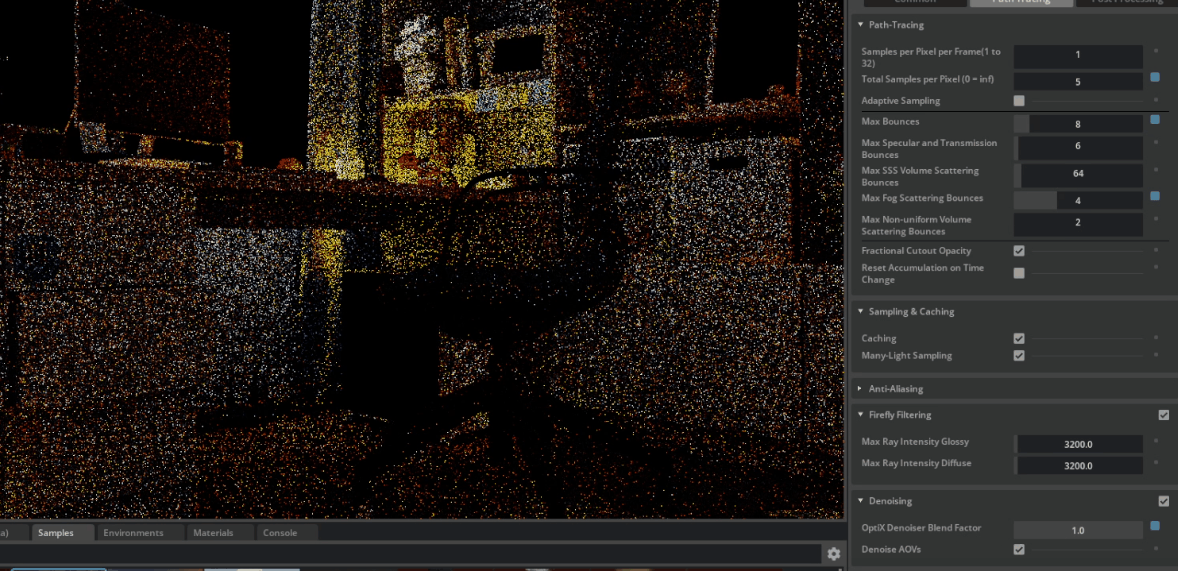
We’ve added ‘Denoise AOVs’ setting in ‘Interactive (Path Tracing)/Denoising’ to apply the Optix Denoiser to AOVs.
New AOV Render Support!#

Multi Matte extends AOV support by enabling rendering masked mesh geometry to AOVs, providing additional opportunities to modify the final image during compositing and additional insights through 2D analysis.
Projector / Gobo Textures#
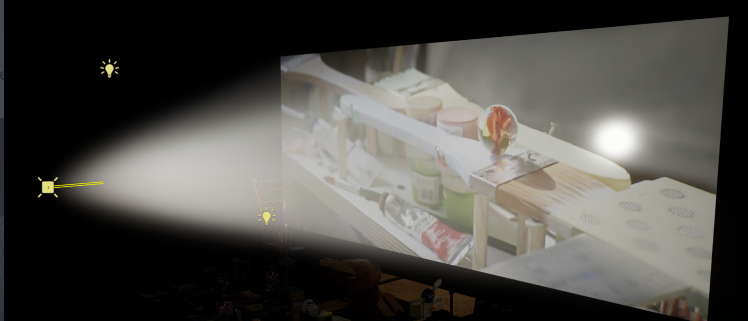
We’ve added a ‘Projector Light Type’ setting to Rectangular Lights, which enables focusing a textured light like a projector. You can scale the light as desired to adjust the focus area.
Improved SSS Visual Fidelity#
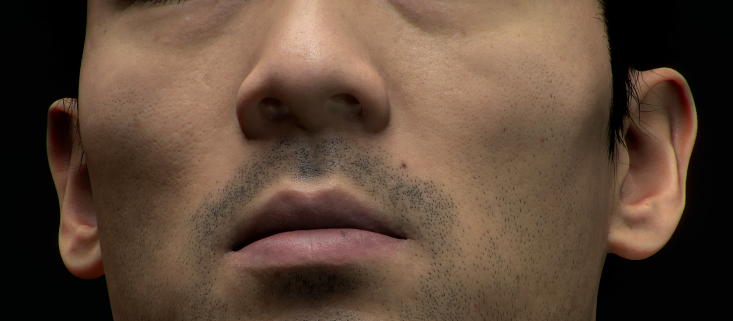
SSS in RTX - Real-Time was introduced in Create 2022.1.0 as an experimental feature. Various fixes have been made since its introduction and in Create 2022.3.0 the feature is no longer considered experimental, and also offers improved visual fidelity when Sampled Direct Lighting is enabled such as more accurate rendering of normal map details.
Improved Curves Rendering Performance & Memory Usages#
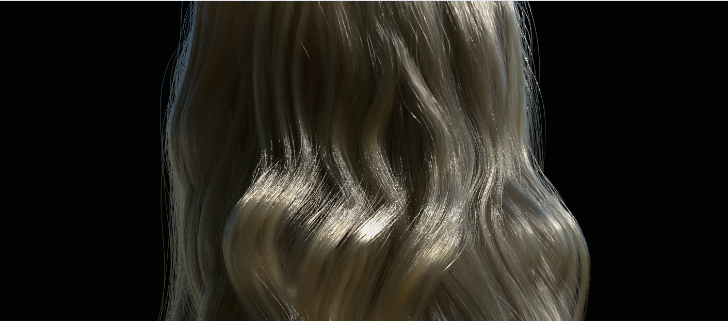
We’ve added controls for the Number of BVH Splits used in Basis Curves’ ray acceleration structure, which provides improved balancing of performance and memory usage by Basis Curves.
Improved Clear Coat Rendering (Coming in 2022.3.1)#
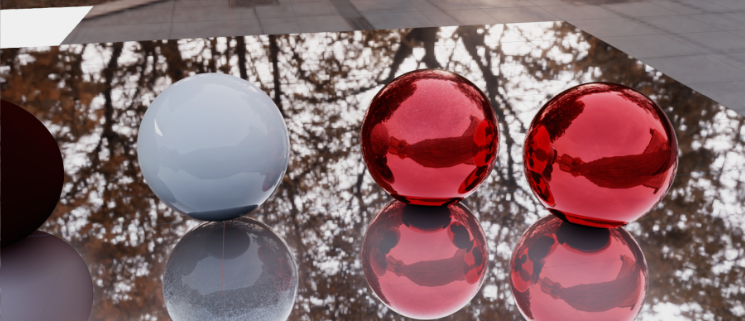
We now explicitly trace a separate reflection ray for clearcoat in addition to the base layer for higher-fidelity rendering in real-time.
For now, this requires enabling Distilling (experimental) in Preferences/Rendering/MDL
Adaptive Sampling in Path Tracing#
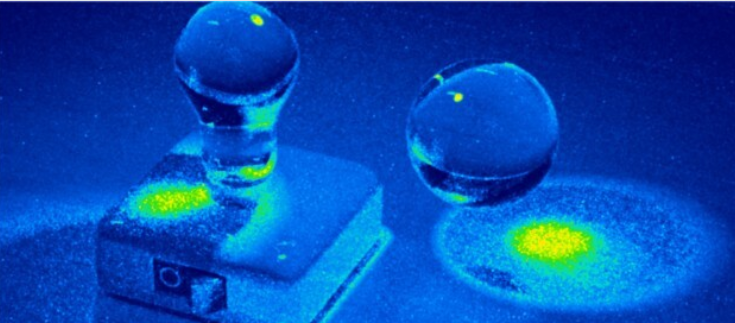
With Adaptive Sampling, samples are non-uniformly distributed where most beneficial for further convergence, which can result in less noise for the same number of samples and also provides a more consistent noise level across multiple frames.
You can enable the Adaptive Sampling Error debug view which allows visualizing the normalized standard deviation of the Monte Carlo estimator of the pixels: warm colors represent high variance, which indicate that additional samples would lead to improved convergence for those pixels.
Large Worlds#
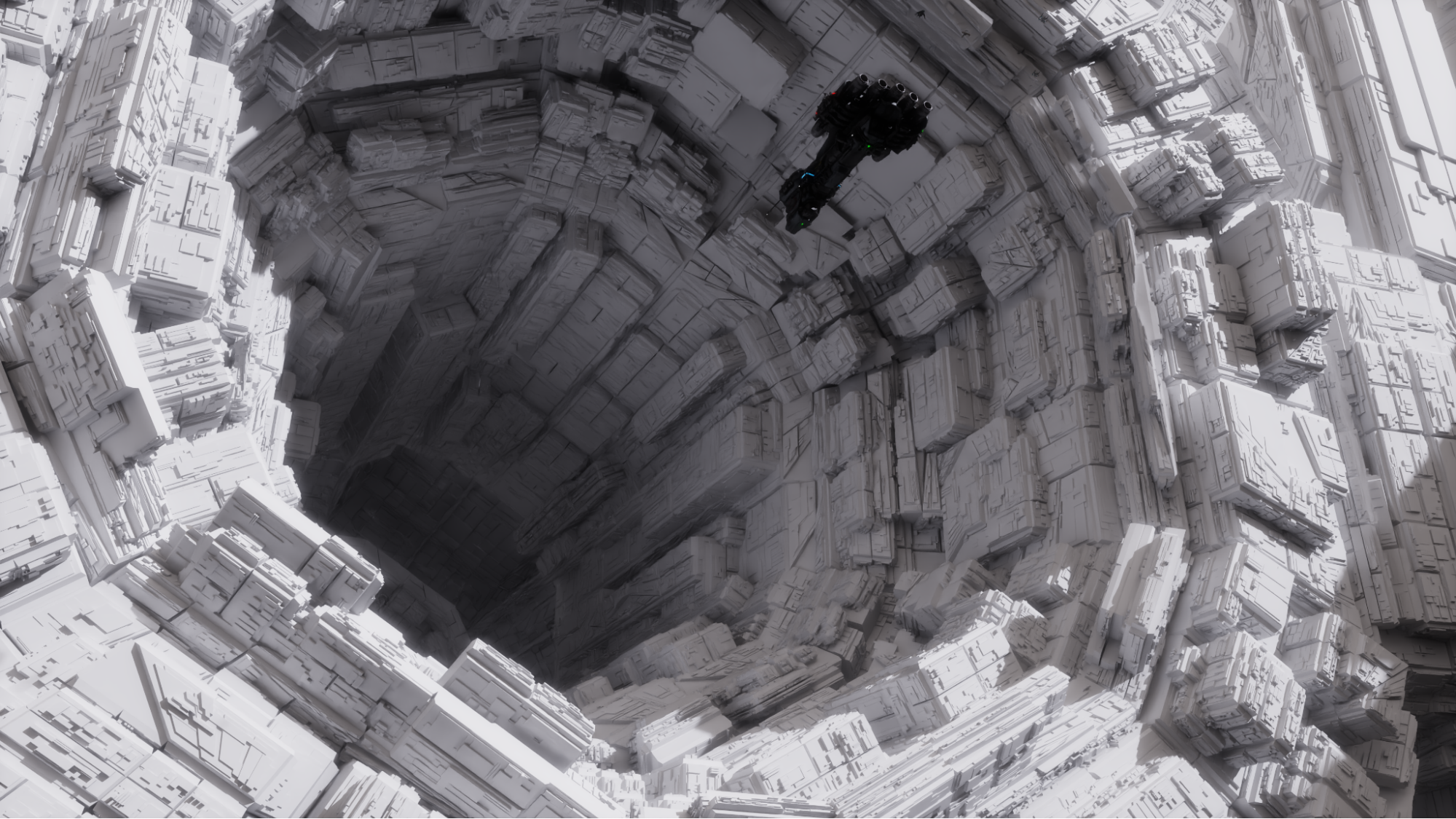
We now have support for the large world creation allowing you to design environments that are as big as your imagination.
Increased Instances (Coming in 2022.3.1)#
We’ve increased the amount of renderable instances in 2022.3 and will be continuing to increase this amount through the release cycle. Out of the box we’ve improved the amount of instances by 4x over the previous release.
Optimized Mesh Processing#
We’ve dramatically improved creation time and update time for mesh geometry.
While not the entirety of the loading process, very dense meshes can now load up to 3x faster than Create 2022.2!
Stage Optimization with Scene Optimizer!#

The Scene Optimizer is a Kit extension that performs stage optimization. This allows complex scenes to be converted into more lightweight representations which can be displayed and evaluated more quickly. Optimizations can be made in combination or individually.
Progressive Geometry Loading#
Geometry loading is now asynchronous with priority given to large-sized geometry (e.g., walls would be loaded before rivets). Loading is suspended when running out of memory, giving you an opportunity to work with scenes that otherwise would not fit in memory.
Tools#
We’re introducing several new tools to optimize your workflows and improve quality of life inside Create.
New Copy/Paste/Repeat Parameter Groups#

Copy / Parameter groups
Reset Parameter groups
Copy / Paste Material Assignments
Repeat last command
Measure Tool (Coming in 2022.3.1)#
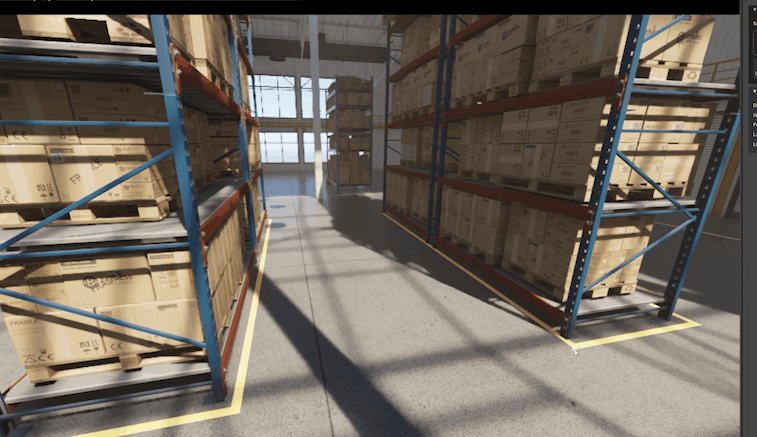
We’ve added the measure tool to create in 2022.3 to help you truly understand the scale and makeup of your stage in a physical sense. We’ve increased the functionality of measure with point to point, multi-point and area!
Randomize Materials (Coming in 2022.3.1)#
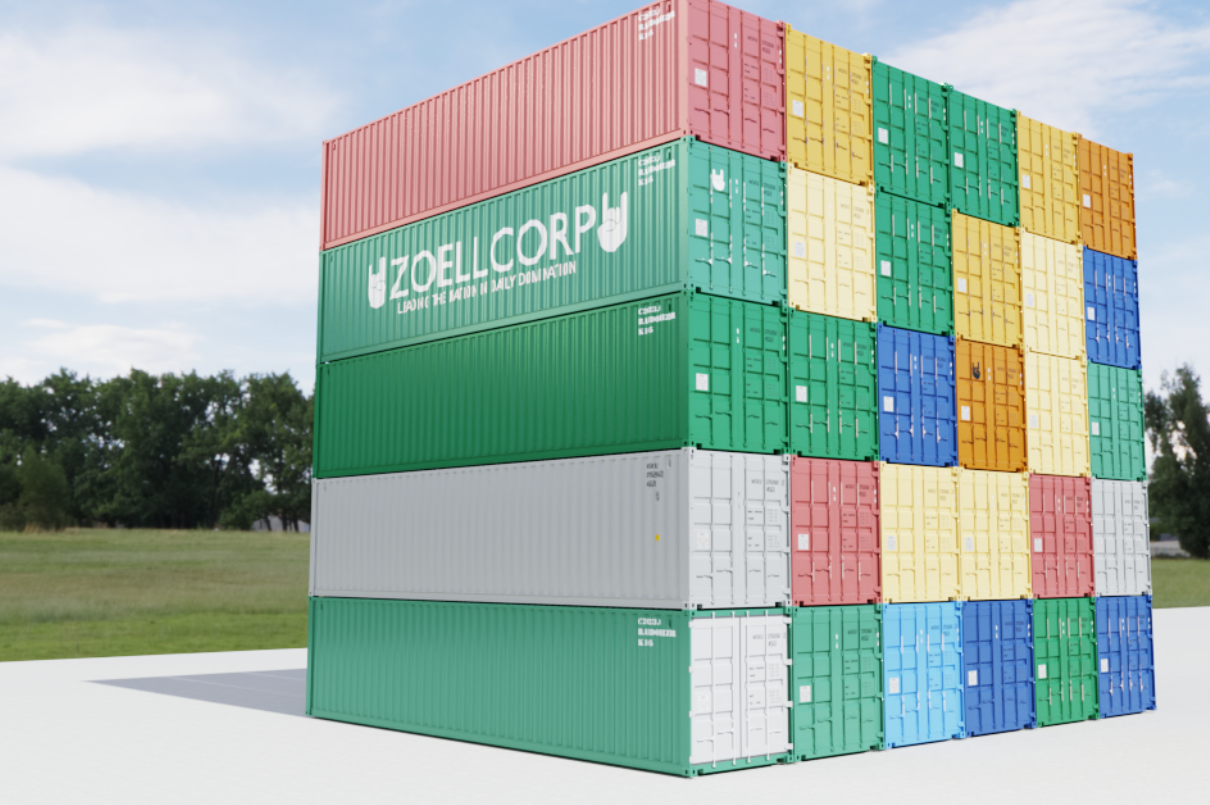
Now, you can also randomize your materials across your range of assets to greatly increase your speed of stage generation.
Materials#
As we continue to grow the material ecosystem in Omniverse, we’re excited to include our first release with Material X support. We’ve also included new usability features such as the ability to dynamically reload MDLs and to create material graph networks based on our base material, OmniPBR.
Material X 1.38 Support#
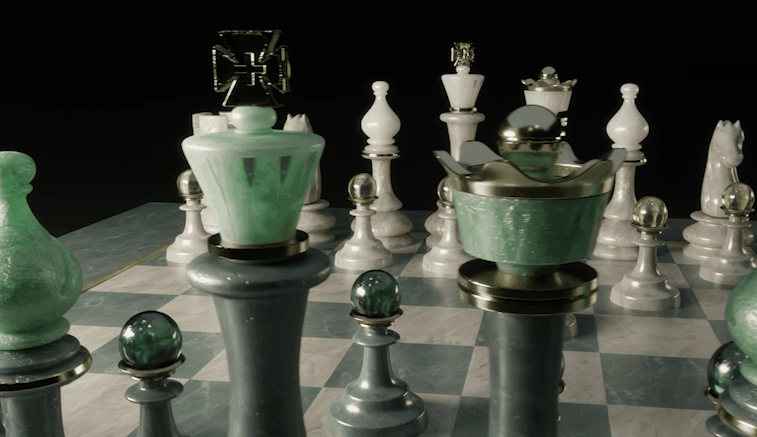
Omniverse adds support for loading and rendering MaterialX 1.38 documents. Using our MDL codegen for MaterialX, documents are loaded via USD and Hydra and rendered in our RTX and Iray Accurate renderers.
Dynamic MDL Reloading#
Omniverse Create now dynamically re-loads changes to MDL source. Now when you create bespoke source MDL materials, you can see the changes live in the Viewport.
Material Browser Support for OmniPBR Base Material#
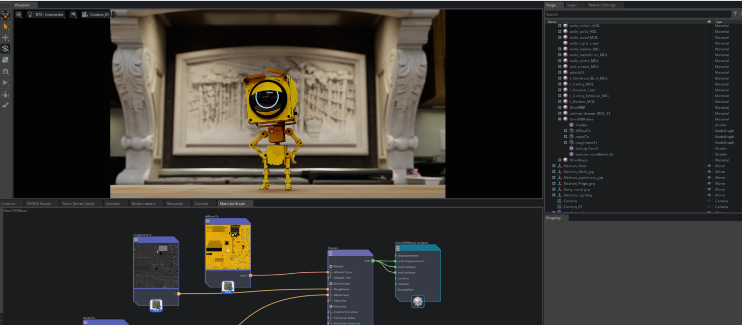
Omniverse now ships with the base OmniPBR template model. You can now author custom material networks using OmniPBRBase, which is available in the Material Editor.
Time Sampled Animated Textures#
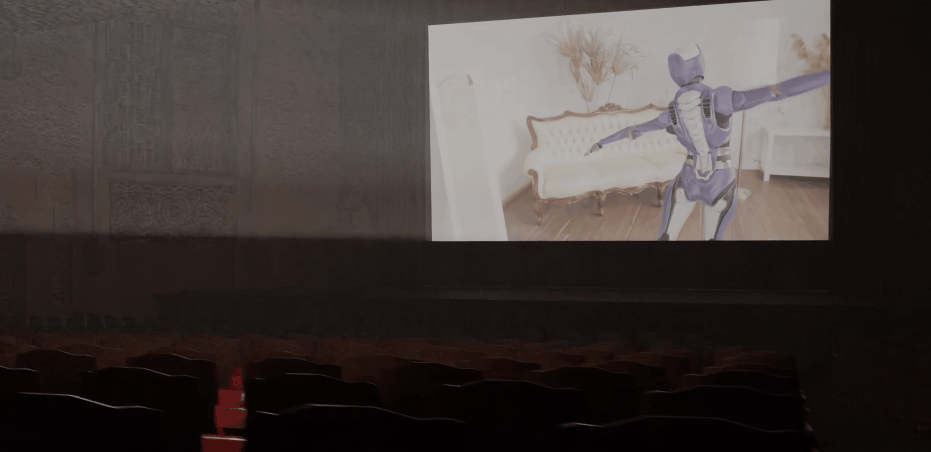
You can now timesample animated texture sequences in Omniverse Create, this is accessed by right clicking on a texture path and going down to the “edit timesample” options. This makes it much easier to use a texture sequence in your scene.
TIFF Image Support#
We now support the .tiff image format.
Animation#
Want to achieve more with animation? This release includes 3 brand new animation extensions: Infinite Animation Curves, TimeSample to Curve conversion and Motion Path Animation. The Animation Curve extension has also received some love with a UX upgrade.
Infinite Animation Curve Support#

The Infinite Animation Curves extension enables you to control how the motion of an object can loop infinitely. With options to cycle in place or cycle with relative offsets. As part of our goal to simplify the animation process, Infinite curves offers great efficiency by eliminating time consuming manual keyframing of looping actions.
Motion Path Animation#
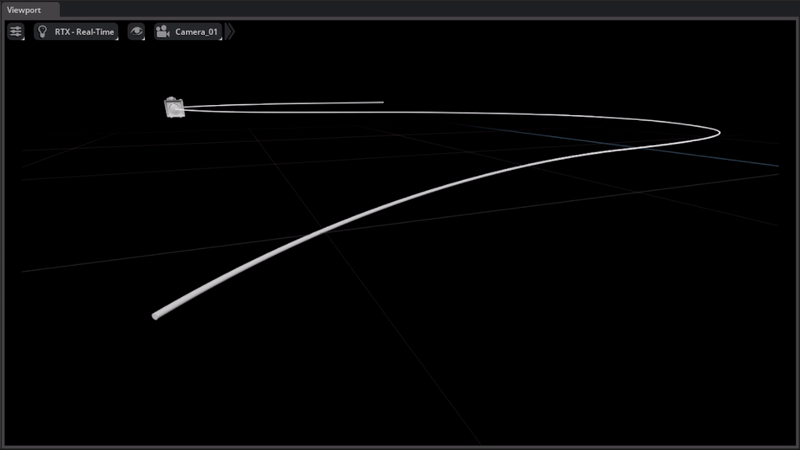
The motion path allows you to plot the motion of an object along a curve. Enabling a high level control of the object’s motion to simplify the creation of complex motions. Motion paths can be used to plot the path of Cars, Aircrafts, Cameras and other such dynamic motions. It also makes it easy to create a chase camera for an object in your scene.
Tip
For more control - rather than attaching your object directly to the motion path - place your object under an Xform - and setup the Xform on the motion path - this will allow you to animate the object as its parent Xform rides along the motion path. Similarly you can also use a hierarchy of xforms to run the Aim constraint in conjunction with the motion path. Create a hierarchy of 2 xforms and your object at end of chain. 1st Xform to motion Path, 2nd Xform to Aim constraint.
USD TimeSample to animation curve#
TimeSample to animation curve provides the ability to convert TimeSampled USD animations to animation curves - Enabling the user to edit the timeSampled source animation. Included is a “Sparse curve” filter which reduces the baked timeSamples down to the minimum number of keys required to draw the curve - Creating more user friendly curves.
Improved Animation UX!#
Animation Curve runtime and the Curve Editor have seen improvements with Kit 104.
Quality & stability of the keyframing system has been optimized while keeping your workflow consistent with Kit 103.
AnimationData schema changes
Authoring Commands refactoring
The backend core switches to OmniGraph a list of utility changes to accommodate the switch.
Animation Curve Editor’s UI/UX Improvement
Icon issues & new Larger icons
Infinity Cycle Curves support added
Improved Graph framing
Improved “break tangents” functionality
Added Hotkey support
Animation Curve Editor’s manipulator bug fixes
Addressed issues with Tangent handles not manipulating curve correctly.
Animation Curve Editor’s Performance Improvements.
Animation Curve Editor’s code refactoring due to the backend runtime changes.
Physics Updates#
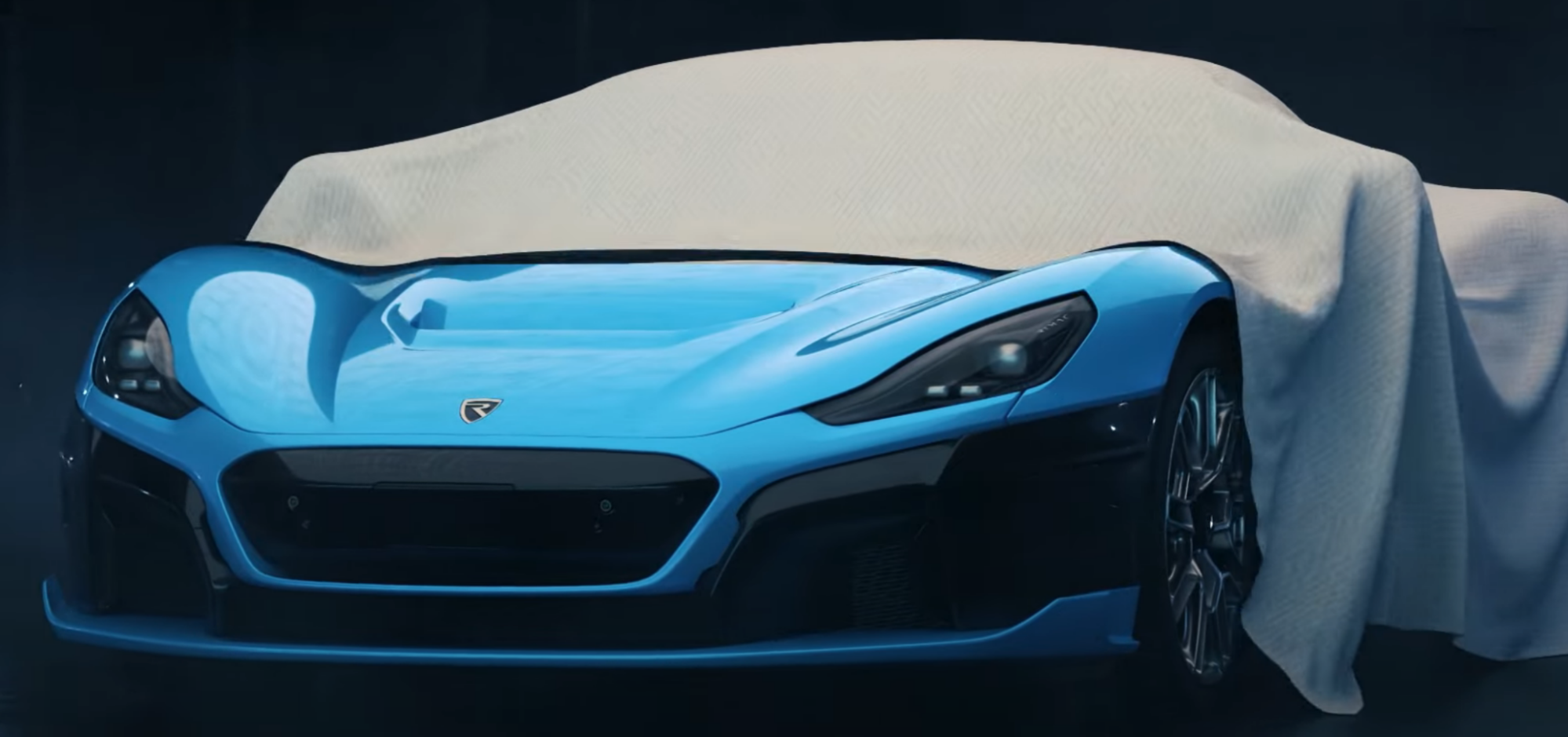
A huge update to physics authoring jumps in for Create 2022.3. Driven by customer interactions, we’ve delivered multiple new ways to easily author physics parameters, generate unique simulation scenes and spaces, and inspect your physics simulations to fully tune your environment.
Boom! Collision Triggered Audio#
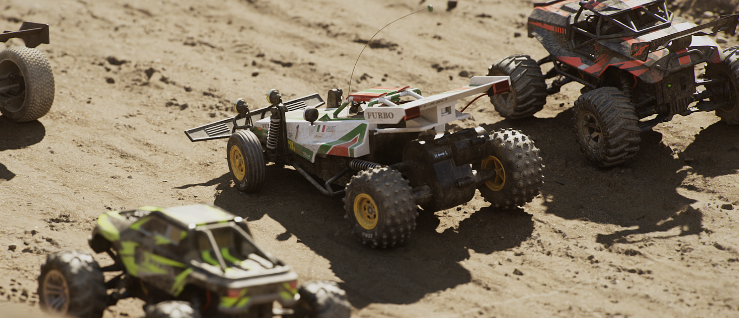
We have introduced a physics based audio system into Omniverse. Sound effects can now be triggered based on collision, sliding or rolling events coming from PhysX, taking into account the materials involved and the impact magnitudes. The system supports a variety of sounds for every event and does spatial filtering to prevent overwhelming the audio subsystem.
Multiple Simulation Scenes!#

We have introduced multiple simulation scene capability of the USD Physics standard. This means you can now simultaneously author and simulate several independent physics worlds within the same scene.
BLAST! Stress Based Fracture!#

Want to break stuff? We’ve introduced stress based fracture into the Blast extension. This means that fracture-able assets with overhangs can now break under their own weight in addition to direct collision damage.
Rigid Body Mass Visual Editing (Coming in 2022.3.1)#
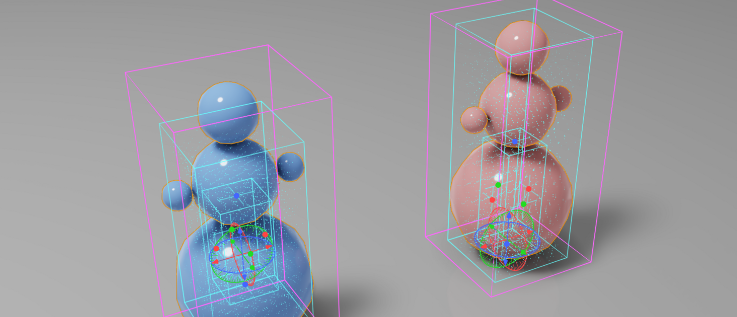
We have made it easier to visualize the total mass, center of mass, and inertia properties of rigid bodies. You can also manipulate these properties interactively using gizmo handles.
Joint and Articulation Inspection for Robotics#
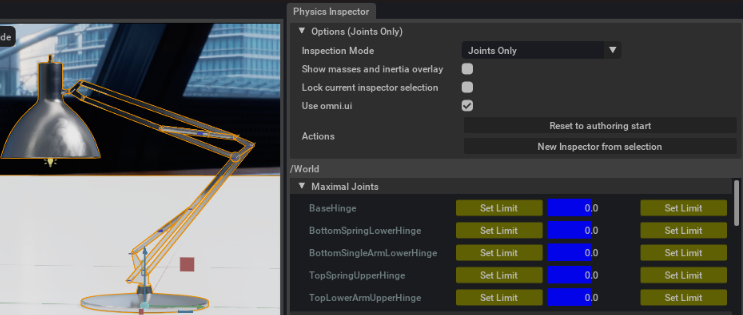
We now allow joint drive based posing of articulated physics mechanisms without the need to simulate the entire USD stage. Users can now author joints and articulations for robotics directly within the physics inspector.
Scene Query Omnigraph Nodes#
We have provided a range of new OmniGraph nodes to query the physics simulation. Raycast and overlap checks can be performed and the results processed with ActionGraph.
Clash Detection C++ User Code Sample (Coming in Kit 104.1)#
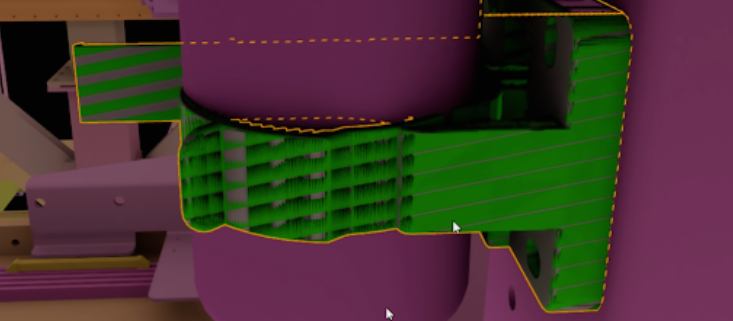
We have released a C++ extension with full source that shows how to integrate a custom version of PhysX, and add custom colliders and joints. We also give an extensive custom physics sample in the form of a clash detection system that detects, reports and visualizes geometrical overlaps in the USD stage.
OmniGraph#
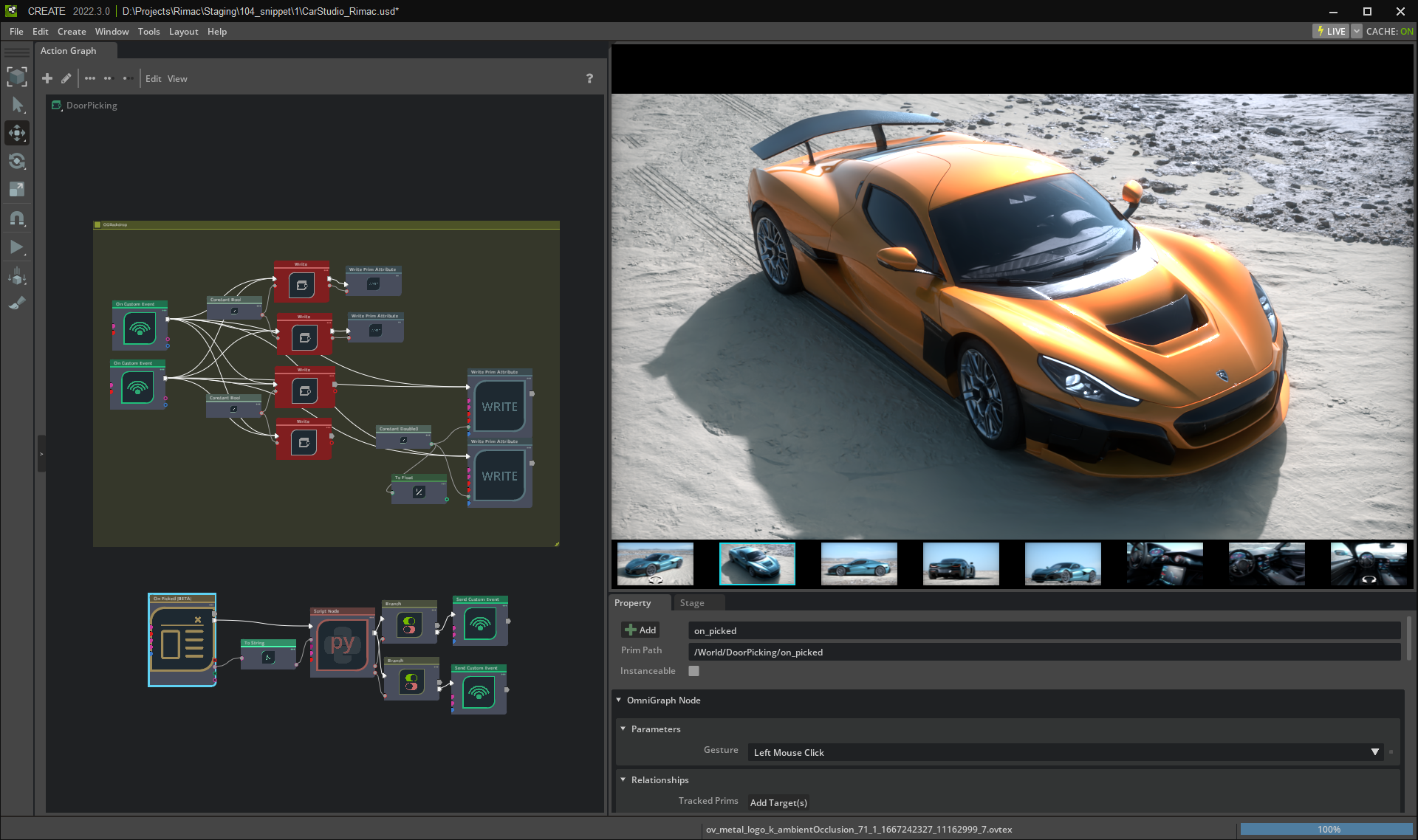
With this release we’re expanding the library of nodes with more math operations, a Raycast node, even nodes to create UI widgets, and many more. Get started with the Visual Scripting files by navigating to the Samples Browser inside Create.
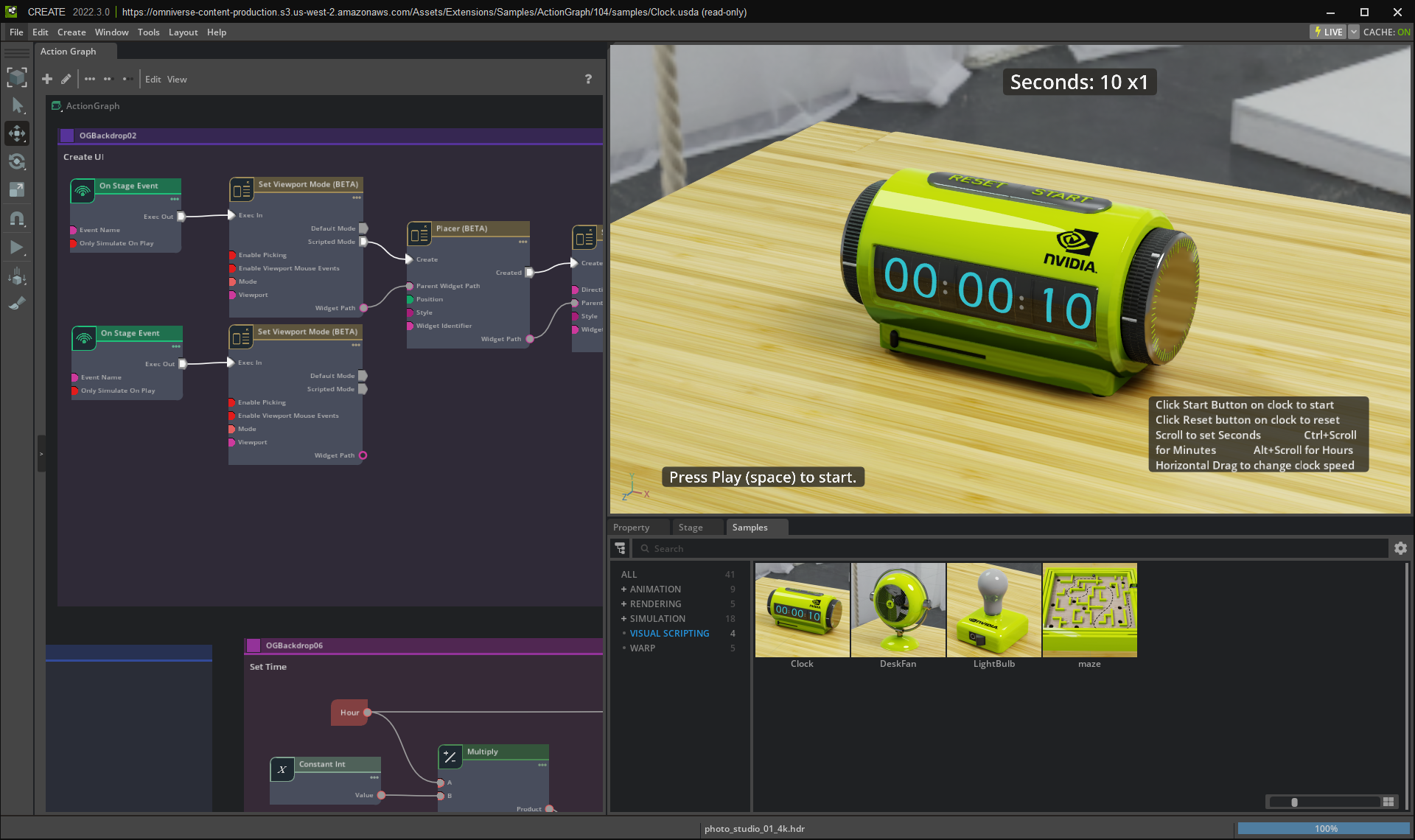
Improved OmniGraph Node Performance#
We’ve made many significant performance enhancements for many Omnigraph nodes and more are to come!
USD Ecosystem#
We continue to grow and heavily support the USD ecosystem. One important step we took recently was to update how we handled the normalized flag for Area lights in USD.
Update to the Normalize flag in the USDLight for Area lights
Experimental#
With each release, we’ll be including experimental features you can try and give a test drive. These features may not be included in future releases.
Fabric Scene Delegate#
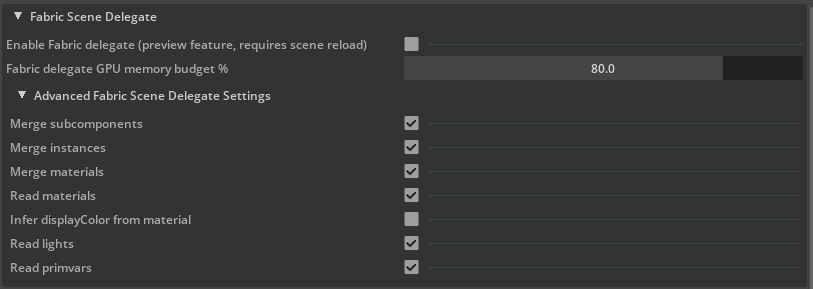
This is a first look at Fabric Scene Delegate, scheduled for first release in 1H of next year. This brings performance improvements to workflows with large amounts of scene geometry, like a Digital Factory. These improvements are in load speed, GPU memory usage, and frame rate. It also enables features like dynamic level-of-detail to navigate in scenes that are too large to load all at once. You can enable this in rendering preferences and will require a scene reload. This feature is not yet feature complete. We’ll be sharing more information on the Fabric Scene Delegate over the next few releases.
3D Text Generator#
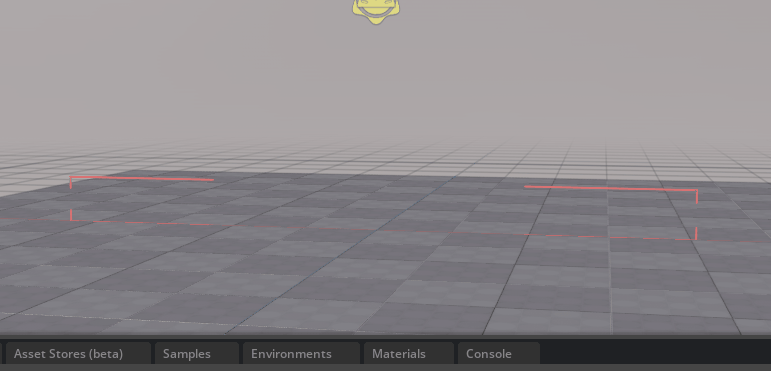
The 3D Text Generator is a new omnigraph based tool allowing you to dynamically generate 3D text. This is enabled in the extension manager as the omni.kit.text3d extension.
